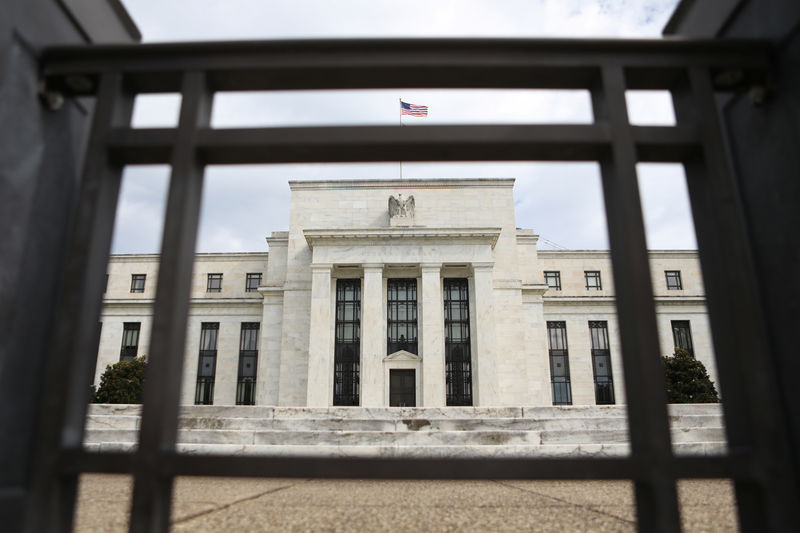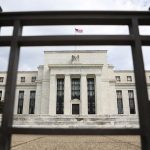
Minutes from the April 30-May 1 policy meeting of the Federal Open Market Committee, released Wednesday, revealed policymakers’ anxieties about the timing of easing measures.
The meeting followed several reports showing that inflation was more persistent than expected at the beginning of 2024. Despite the Fed’s 2% inflation target, all indicators showed price increases running well above this mark.
“Participants observed that while inflation had eased over the past year, in recent months there had been a lack of further progress toward the Committee’s 2 percent objective,” the summary stated.
“The recent monthly data had showed significant increases in components of both goods and services price inflation.”
The minutes also indicated that “various participants mentioned a willingness to tighten policy further should risks to inflation materialize in a way that such an action became appropriate.” However, several Fed officials, including Chair Jerome Powell and Governor Christopher Waller, have suggested that a rate hike is unlikely in the near future.
The FOMC unanimously voted to hold its benchmark short-term borrowing rate in the range of 5.25%-5.5%, a 23-year high where it has remained since July 2023.
“Minutes from the May 1st FOMC meeting unsurprisingly document that upside surprises to inflation mean policy makers plan to keep policy rates higher for longer – this was already known from prior Fed speak including from Chair Powell,” Citi economists said in a post-minutes note.
“That “various participants” would hike rates if “such an action became appropriate” is a tautology and is not hawkish,” they added.
Citi also said it does not see the Fed officials’ uncertainty regarding the degree of policy restrictiveness as particularly new or different, noting that this has been a topic of extensive discussion since at least the March FOMC meeting.
The firm’s economists reiterated expectations that softer labor market data and cooler inflation will prompt the Fed to begin rate cuts in July.
Elsewhere, Nomura economists said in their note that while some Fed officials might favor a rate cut in July, it is unlikely that these dovish members have sufficient conviction to push aggressively for such an early move following recent economic data.
Although moderating growth supports the case for a cut, Nomura does not expect a sharp slowdown in hard spending data or headline job gains that would necessitate action by July.
“We now expect the Fed’s initial rate cut to be delayed until September (our previous forecast was July). We continue to expect a second cut in December, followed by a quarterly easing cycle in 2025,” Nomura’s team wrote.
To read the full article, Click Here

